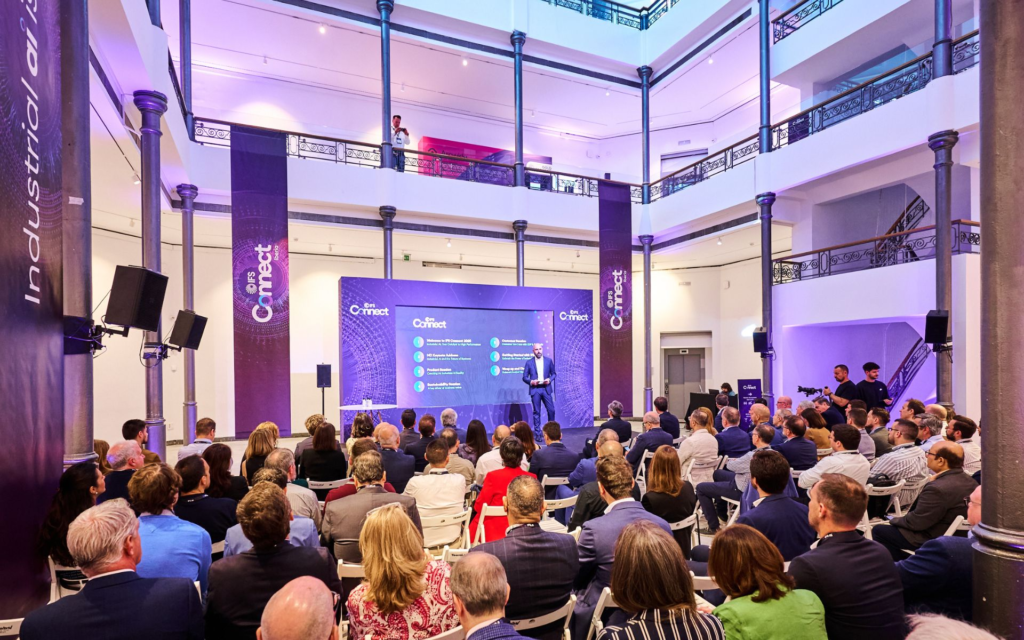Solving multicloud networking challenges to scale businesses with AI
Artificial Intelligence (AI) and its demand for massive computational power have spurred the growth of cloud and edge computing. As AI pilot projects take off and scale, there has been an increasing demand for more flexible and high-performing infrastructure. This has led to the rise of multi-cloud networking as organisations attempt to tap into the best-in-class tools while allowing workloads to be more evenly distributed. The advantages of a multi-cloud architecture include the ability to seamlessly pull and process data across clouds, data centres, and edge environments, making it a strategic choice for businesses scaling their AI initiatives. However, while multi-cloud may sound like the best solution on paper, there are many hurdles in actual implementation. According to the 2024 Cloud Computing Study by Foundry, 48% of IT decision-makers cited cost as their biggest challenge for overall cloud adoption. This is not surprising given that AI workloads, particularly in training large models, can quickly inflate cloud spending. Additionally, network latency poses performance challenges, especially when AI applications rely on real-time data processing. These issues underscore the need for smarter multi-cloud strategies. Identifying and addressing the multi-cloud roadblocks to AI success IT teams need to ensure their networks can scale flexibly, reaching bandwidths of up to 100 Gbps to support the high-throughput demands of AI-driven applications. “Networks should have the capability to activate new connections in minutes to keep pace with dynamic workloads, enable rapid deployment of AI services, and ensure seamless performance across various cloud and edge environments.” Hon Kit Lam, Vice President, Hybrid Connectivity Services, Tata Communications While not impossible, these demands come with high egress fees from transferring data between multiple clouds. This is often accompanied by low bandwidth and limited or siloed visibility across clouds. The complexities involved in managing multiple cloud instances also mean there are no performance guarantees, despite the costs. Leveraging a robust multicloud networking solution To help address the challenges of multicloud adoption, Tata Communications introduced the IZO™ Multi Cloud Connect, enabling businesses to bridge their cloud connectivity gaps and alleviate the IT department’s burden. By simplifying the multi-cloud experience with software-defined multi-cloud connectivity as-a-service, IZO™ Multi Cloud Connect offers instant cloud-to-cloud connectivity for a lower total cost of ownership, higher bandwidth, and on-demand bandwidth upgrades. This means customers can upgrade their bandwidth and pay for the extra cost only when required. Together with the reduction in egress cost, enterprises can save around 50% in their cloud connectivity charges. Establishing a secure connection from the data centre to the cloud is essential for modern workloads, especially those driven by AI and real-time analytics. With high-throughput bandwidth to handle large volumes of data, low latency to ensure responsive application performance, and on-demand provisioning for dynamic scaling, IZO™ Multi Cloud Connect can remove the bottlenecks and keep operations agile. It also delivers a fully managed networking solution that combines both the underlay (physical network infrastructure) and overlay (virtual network functions). This integrated approach allows organisations to abstract and automate complex routing, optimise traffic paths, and enforce consistent policies across multi-cloud and hybrid environments. Enabling seamless interconnection between clouds As part of its transformation process, leading specialty chemical company Clariant SE was migrating from on-premises data centres to the cloud and needed a solution to connect its distributed cloud data centres over the internet. “It required the performance of MPLS VPN, and IZO™ Multi Cloud Connect came through,” explained Lam. “The solution, with virtual router capability, provides a predictable internet connection from Clariant SE’s more than 100 sites to business-critical applications in the cloud.” As AI adoption continues to empower businesses across industries, the need for scalable, secure, and reliable infrastructure has become a necessity. Organizations that want to remain competitive will have to overcome the barriers to these complex technologies and implement the right tools that are necessary for success. Tata Communications’ IZO™ Multi Cloud Connect is built to address the challenges that come with change, supporting an end-to-end multicloud adoption journey. Speak with an expert to learn how IZO™ Multi Cloud Connect can support your multi-cloud infrastructure. source
Solving multicloud networking challenges to scale businesses with AI Read More »













